What Do You Do After an HTTPS Migration?
Bloggers are panicking because if you haven’t moved your site over to HTTPS by October 2017, Google while show a security warning to visitors. This will impact your site traffic if you have a large majority of readers who visit your site using Chrome.
This means I’ve been busy helping clients switch their site over to HTTPS which has gone off without any issues.
Each host is different, so the first thing to do is contact your host and see how they handle the HTTPS conversion. With Siteground, you can do the conversion yourself within the Cpanel and it also does the redirect for you.
With Techsurgeons, they will buy the SSL certificate, which is $25/year, and you will need to activate the Really Simple SSL plugin to get your redirects working. The redirect codes can be done manually in the htaccess file if you prefer not to use another plugin.
Once that’s all done, and you’ve checked that all of your Pinterest links redirect properly, you can do a happy dance. Now comes all the icky admin stuff to ensure everything is updated elsewhere.
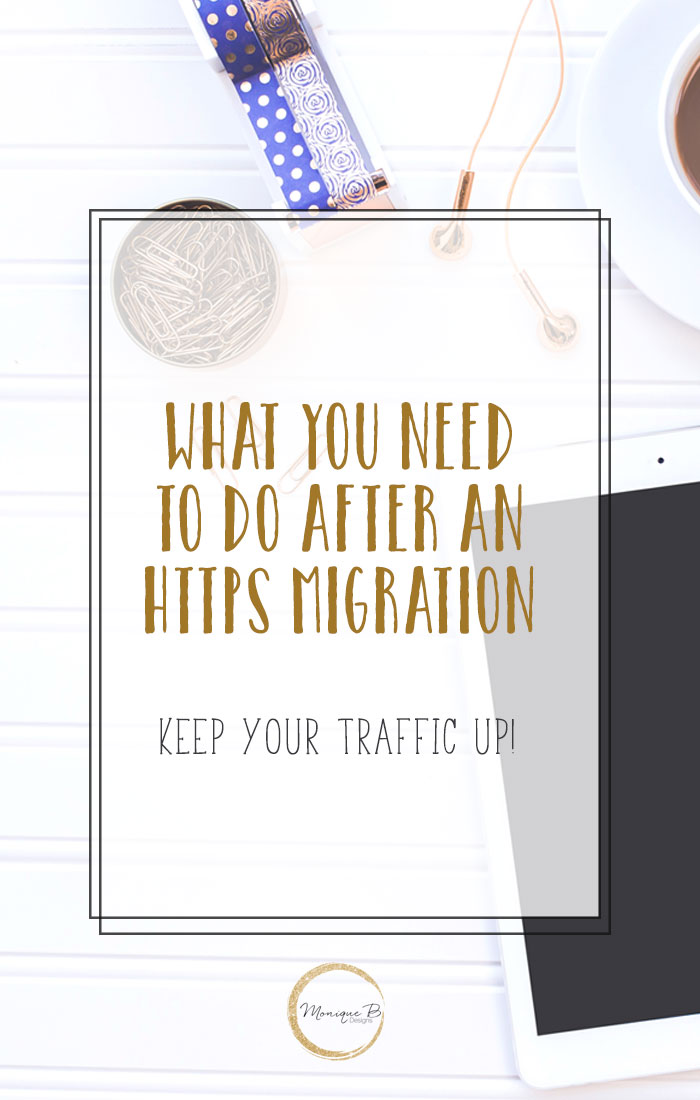 You have several things to update after this move to ensure that your search traffic isn’t highly impacted by the move.
You have several things to update after this move to ensure that your search traffic isn’t highly impacted by the move.
Google Analytics
Update your url in GA under Admin → Property Settings, change it to https, hit save. Ensure that it is tracking the new url.
The code is under admin –> Tracking info –> Tracking code
If you used a plugin, you won’t have to do anything to it.
If you connected GA to Search console so that you can see the search queries in GA, you’ll need to update that under admin → property settings → search console and choose your preferred domain name with https.
Google Webmaster Tools
Add the new url with https with and without the www. to webmaster tools. You will have both versions and then set the preferred version. You will get an email with a link to do this after you’ve submitted the new domain.
To verify the domain, go to alternate methods.
This is the easiest, if you already added the site via GA, you can verify your site using GA and authenticate it that way.
Otherwise, use the HTML tag, grab the code and place it under the <head> tag where your GA code is as well.
Set your preferred domain, this is the url that you see when you login. Some ppl use the www. some without.
You will also need to re-submit your sitemaps again. If you have Yoast, grab your sitemap for your post, pages, categories and products and submit them for the new site. It will help get it indexed faster.
It’s under Crawl → sitemaps, use the red button on the top right and add the sitemap urls.
In Yoast your advanced page settings need to be turned on first to see the XML sitemap tab.
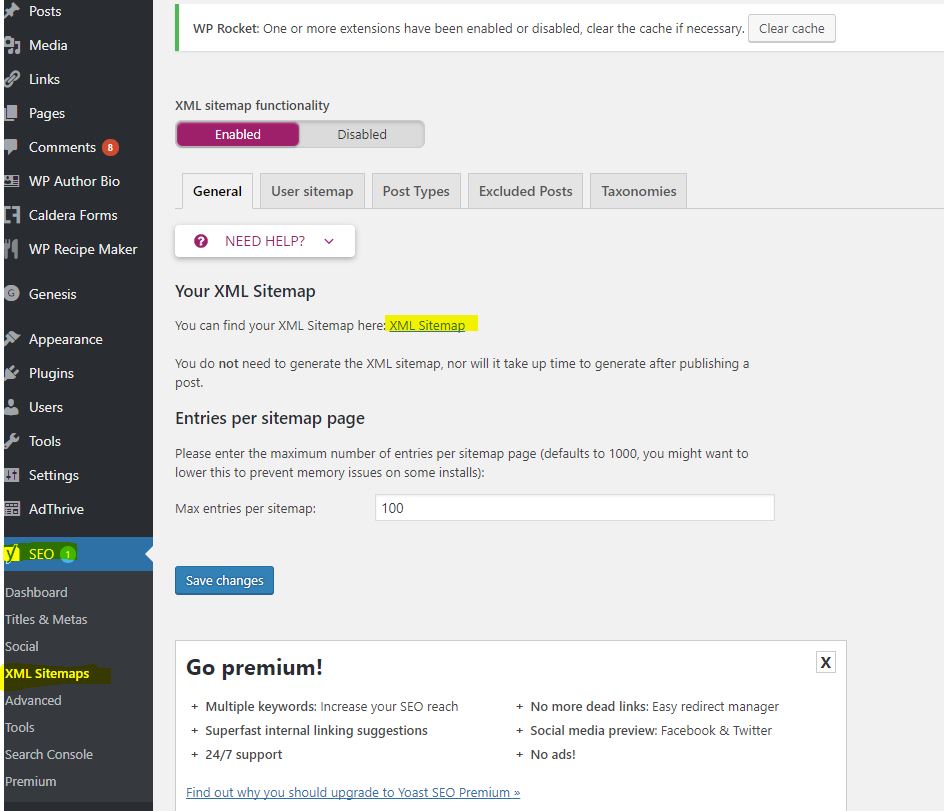
Update instances of your own URL
Any place where you interlinked to your own posts will have the old http url, you’ll want to update these to https.
**Warning** You need to ensure you have a back up of your blog that is hosted off site of your blog. I recommend Updraftplus. Send the back up to either Drive or Dropbox.
Use the Better Search Replace plugin, to find instances of your old url with the http and change those to https. You need to select the tables for it to sort through and find them. If you have a huge site, selecting all of the tables at once won’t work so you’ll have to group them instead. I always check the dry run box to see if it finds any instances first and then I’ll go ahead and replace after checking that my settings for the old and new url are correct.
Once you do this, you cannot undo what it is that you’ve changed which is why you need to ensure you have a back up.
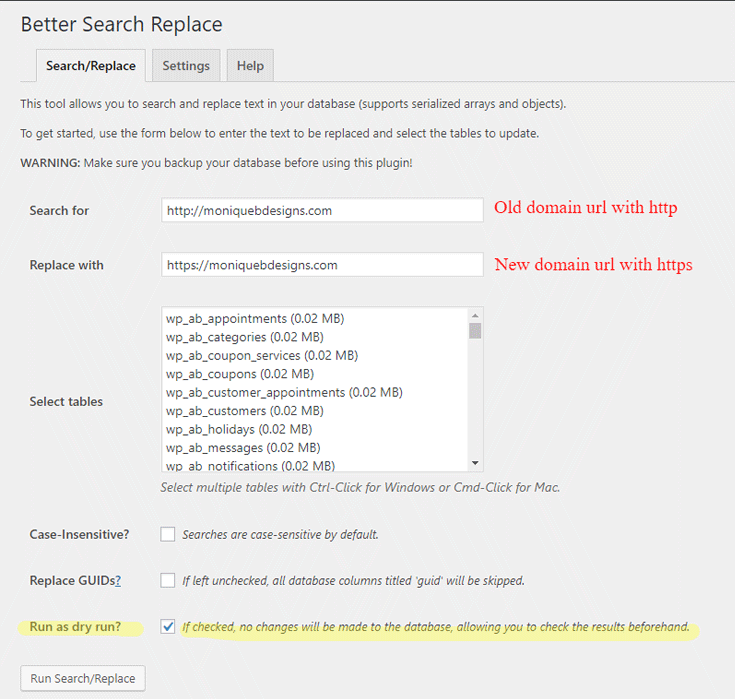
Ad network
If you’re running ads on an ad network, you’ll need to update them and let them know of the move.
For Mediavine, I need to add a code to force secure ads and then you contact them and they’ll give you a new ad code to add to your site unless you’re running their plugin.
Any old affiliate codes
Take a look at your old posts, any ads you added from 3rd party vendors that are not using https have to be updated, their images will not display so you can go through older posts to see if they’re showing properly. Any and all new images added to your site now must be secure.
If you use Easy Product Displays for Amazon links and images, old displays may not work. You will need to do a search and replace for the old permalink and change it to the new url.
From http://ecx.images-amazon.com/ to https://images-na.ssl-images-amazon.com/
Check your site
Then run your url on this website to see if there are any other items that would be considered insecure. There may be items on your site from old affiliate banners to design elements in your theme that can show a mixed content warning.
If you’re a Mailchimp user and manually added their forms to your old posts, you’ll need to go in and update them. That was a regular error I found in sites that used Mailchimp.
Be sure to verify your new domain url on Pinterest, that means adding the https version so that your pins are verified. I surely don’t want to upset the Pinterest gods who bring me tons of traffic through my pins.
The #1 Reason Your WordPress Website is Not Working and How to Fix it
Get this simple blog planner

Subscribe and get weekly blogging and design goodies in your inbox along with this FREE blog planner

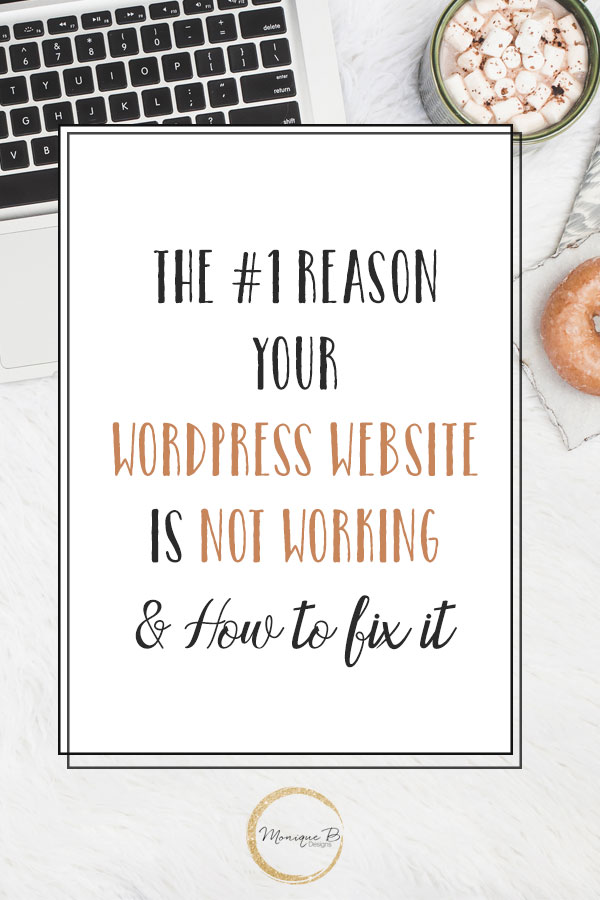

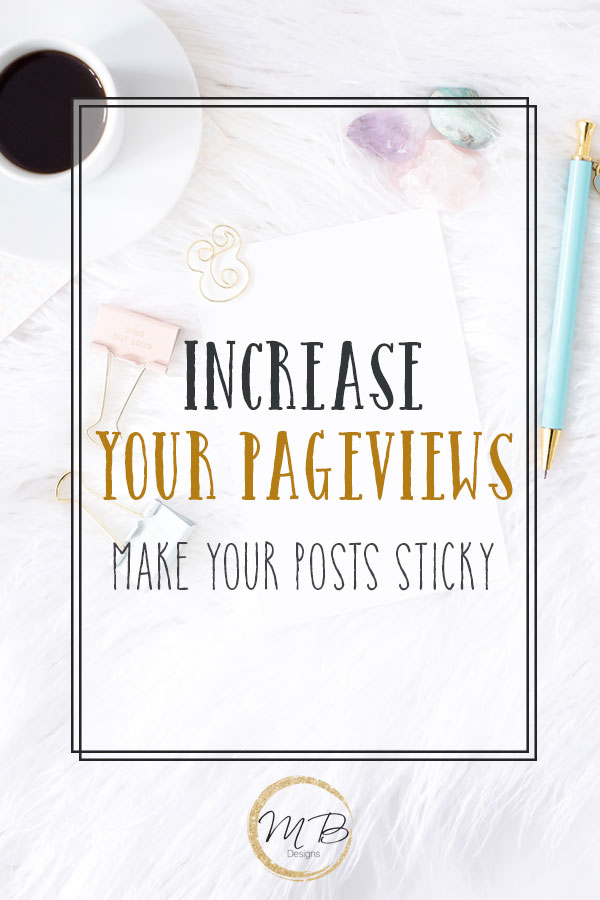
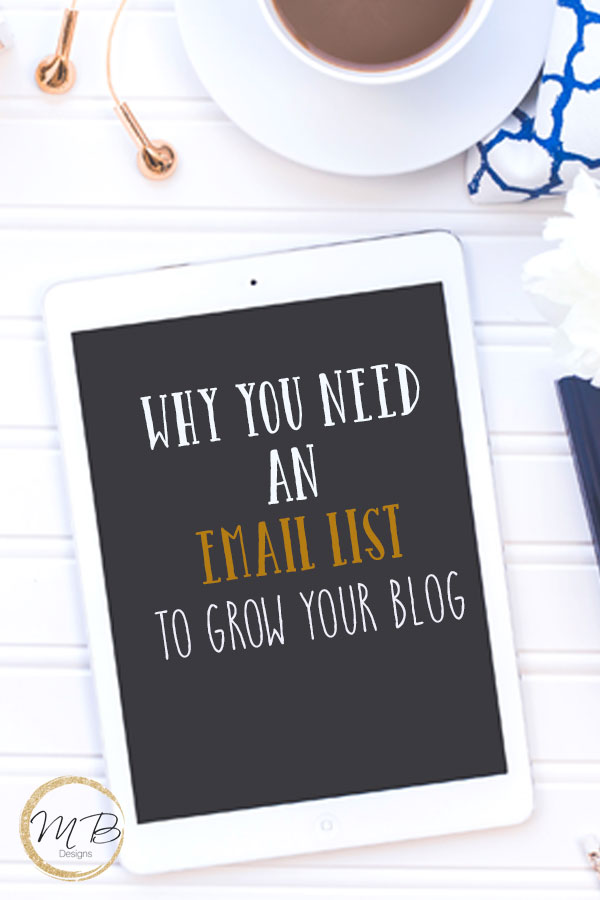



Great article Monique!
I love the actionable insights you’ve highlighted.
Keep up the awesome work!